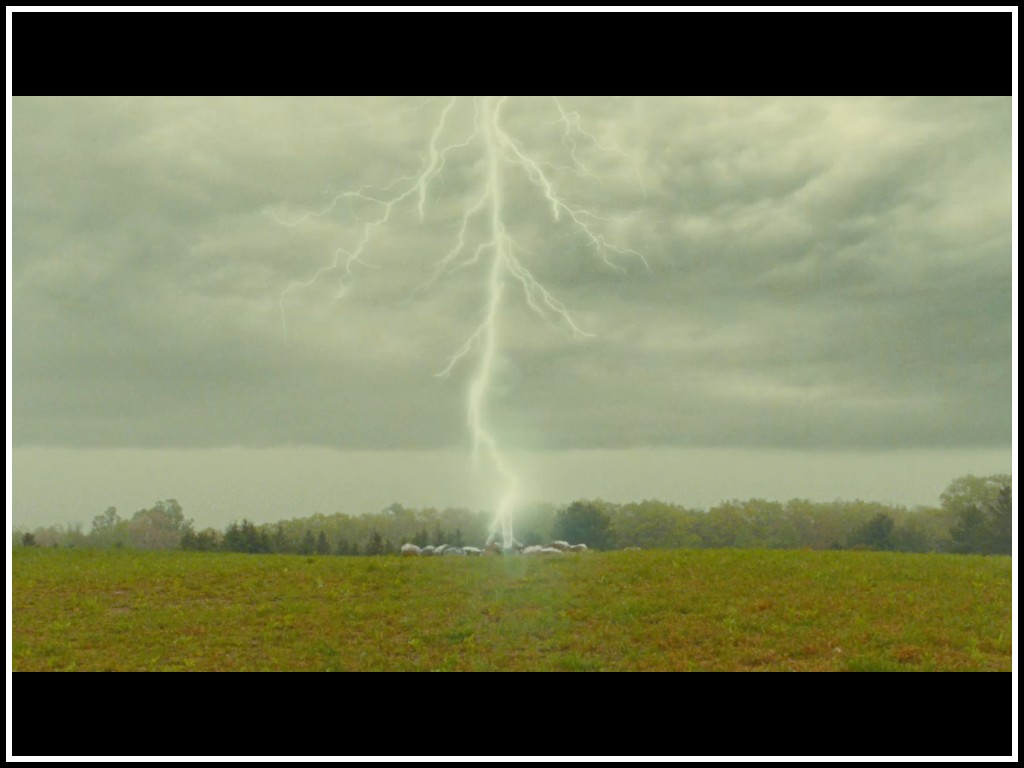(from Feb 22 2012)
My sister, Tara Williamson, brought up the artist Damian Hirst with me last week. She said they had been discussing his new spot paintings on the radio. She asked what I thought of his work. I said that it can be irritating sometimes but that mostly it somehow always worked to break my heart a little bit. She said, I knew you would say that.
The next day I came across
a text by Katy Siegel on Damian Hirst. It was somehow in my Kindle but maybe it came to me from an Art Forum email. Siegel’s text is useful in its criticism but generous too. In writing of Hirst against the art world Siegel writes:
It seems silly to feel sorry for successful artists, or for rich people in general, but in the end, there is no attitude to strike that can beat the house. Or, to put it another way, no one gets out of here alive.
I also feel a little silly to feel empathy for Hirst, but I do. Hirst’s work always seems to be saying “ALL IS LOST, I DON’T CARE”, with a much smaller voice in the background asking “all is lost, right?”
It’s interesting when an artist’s work, like in the case of Hirst, shows such a consistency of feeling despite how varied their projects or intent can be.
Thinking about it this week made me think of the model Kate Moss. She, too, seems to have a consistency in the work she does with her face. Coming across a random picture of Kate Moss in a magazine, her face always seems to say, “TAKE EVERYTHING, I DON’T CARE” with a much smaller voice in the background saying “you can take everything, but you’ll never, ever get anything from me.”
It seems a little like a puzzle. Was she born with this face? Is it her bone structure that tells you to “TAKE EVERYTHING”? Or are her feelings shaping her face? - the feelings that one doesn’t think to hide when the photographers take their pictures since one might not know that they are there.
Weighing Kate Moss’ feelings verses her bone structure reminded me of the work of Paul Ekman and Maureen O’Sullivan. They are psychologists who study, in great, unimaginable detail, humans’ microexpressions. Microexpressions are the involuntary expressions made unconsciously and received uconsciously. Apparently, microexpressions are very difficult things to repress.
Come to think of it, anything I came across by the designer ALexander McQueen always broke my heart too. His work always seemed to be saying “If I keep my eyes closed, keep dreaming and work really hard, maybe everything in the world will get better” (he never seemed to have a smaller voice saying something different - other than maybe “I DON’T SEE YOU”).
Maybe these are the things that happen when you are surrounded by England. Maybe these are things you can’t repress when England takes your picture. Maybe the gestures and the expressions and the objects made by people who are being closely watched by England always break my heart.
That’s on the other side of what I see when I see Damian Hirst’s work. When I see his work, I think “It’s not just England that’s watching you, it’s not just the filthy rich who are invested, it’s not just the art world that cares.” Maybe it is always a little bit hard to strike a pose for people who aren’t in the room.




